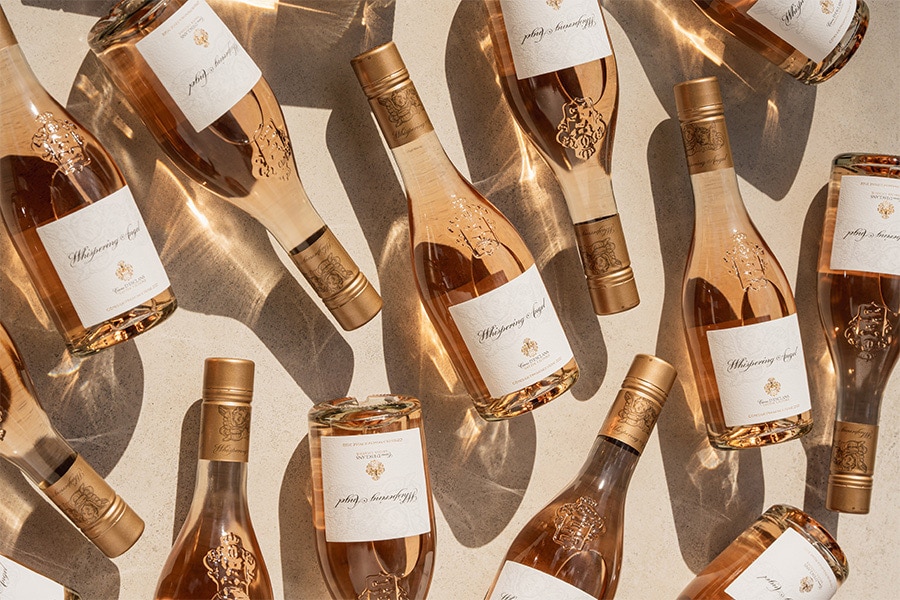La Patiala


The 10 Best Rosé Wines to Enjoy in Summer and Year-Round
Rosé wines are fantastic for sipping poolside, pairing with food, and enjoying year-round. Discover the best rosé wines for any budget here.
By Kristen Shirley
In just over a decade, rosé wine went from an afterthought to one of the most popular types of wine in the world, especially in summer. Rosé wines from Provence — and similar styles produced around the world — account for the majority of the best rosé wines, but there are actually several styles of rosé wine. Some are very delicate, pale pink wines with light flavors of red fruit and citrus, while others are dark pink, robust, and complex wines. You can learn everything about the different styles of rosé and the production process in our ultimate guide to rosé wine. While rosé is most popular during summer, the best rosé wines are worth considering year-round. Rosé wines are easy to pair with food and are a safe choice on many wine lists. Read on to discover the best rosé wines in the world.
What Is the Most Popular Rosé Wine in the World?


Many credit today’s obsession with rosé wine to winemaker Sacha Lichine, the mastermind behind Whispering Angel, the rosé that started it all in 2006. While Whispering Angel is still a wonderful rosé, it’s been surpassed by ultrapremium rosés from other producers, as well as at Château d’Esclans. Now, Whispering Angel ($25) is a solid, affordable rosé found around the world. It is accompanied in the portfolio by The Beach by Whispering Angel ($18) and The Pale by Sacha Lichine ($15), two easy-drinking rosés, and Rock Angel ($35).
But, Lichine also expanded the estate to focus on premium rosés, including Les Clans ($95) and Garrus ($125). Both are full-bodied, complex rosés with aging potential. This makes them great for pairing with food, such as lobster pasta, sushi, and grilled fish. While many rosés have light flavors, these wines are intense and powerful but still refreshing. Les Clans has a tropical and spicy palate, with notes of pineapple, ginger, and black licorice alongside raspberries and strawberries.
Lichine treats Garrus more like a Cru Classé white Burgundy, a type of Chardonnay, than a Provençal rosé. It’s made from the grapes of a single vineyard with ancient vines that are nearly a century old. (The older a vine is, the more concentrated and flavorful the grapes are.) The maison ferments and ages the wine in new large French oak barrels instead of stainless steel or concrete, which adds complexity, flavor, and texture. Garrus has notes of citrus, pear, peach, pineapple, and passion fruit. The maison describes it as “vintage Champagne without the bubbles.”